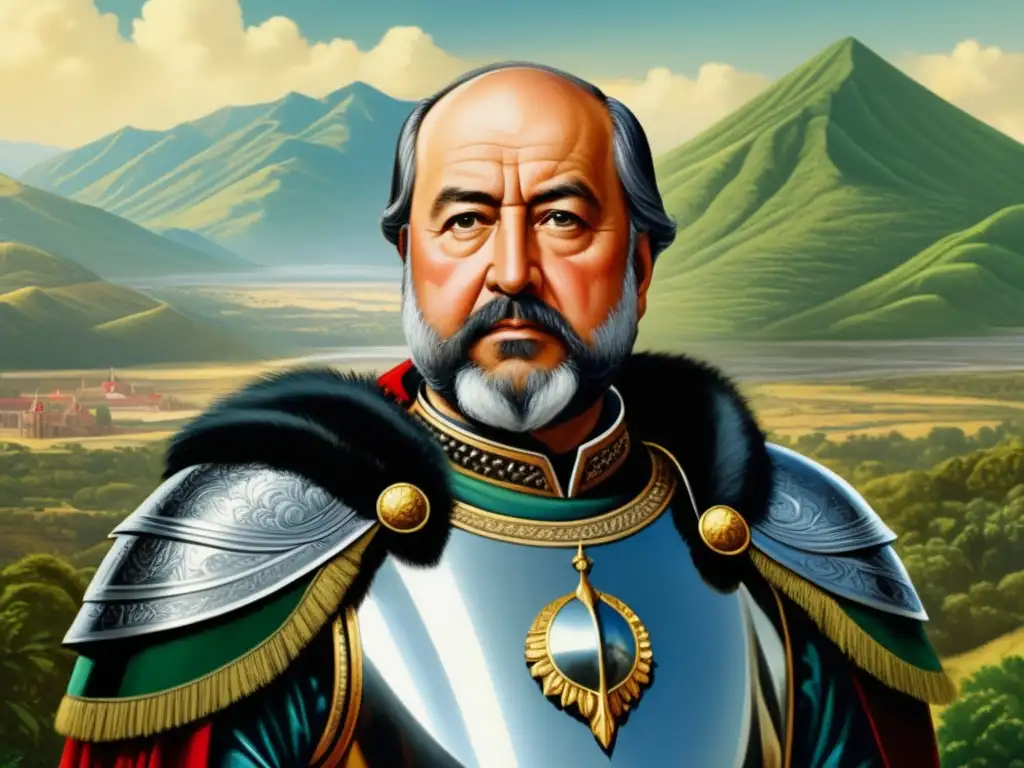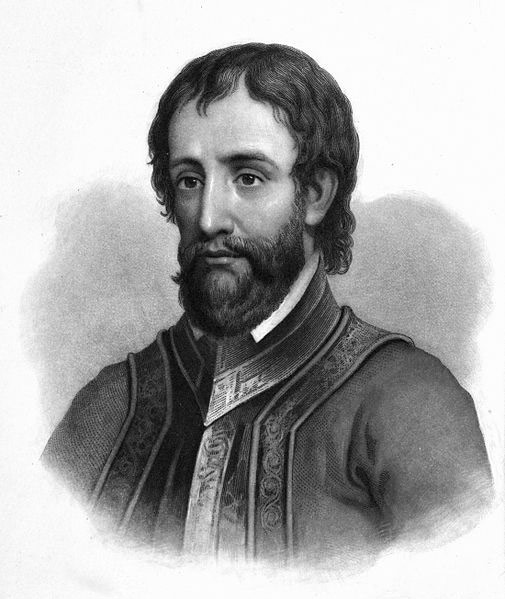
Unlocking the Invisible: How Hernando de Soto Revolutionized Our Understanding of Global Wealth
In the bustling, often chaotic, peripheries of the world’s developing cities, amidst makeshift homes and thriving informal markets, lies an economic paradox that has long baffled policymakers and economists. Millions of people, seemingly poor, possess vast amounts of wealth – homes, businesses, even factories – yet remain trapped in a cycle of poverty, unable to leverage their assets for growth. It was into this perplexing landscape that a Peruvian economist, Hernando de Soto, stepped, armed with a keen eye for detail and a radical hypothesis. His work, culminating in the seminal book "The Mystery of Capital," didn’t just shed light on this paradox; it offered a blueprint for unlocking trillions in what he famously termed "dead capital," forever changing our understanding of poverty, property, and the very foundations of capitalism.
De Soto is not your typical ivory-tower academic. Born in Arequipa, Peru, in 1941, he spent much of his childhood in Europe, escaping the political turmoil of his homeland. This international upbringing, coupled with a rigorous education in economics and law in Switzerland, provided him with a unique dual perspective. He witnessed firsthand the efficiency and wealth generation of Western economies, built on robust legal frameworks and secure property rights. Upon his return to Peru in the late 1970s, he was confronted with the stark reality of a developing nation where the majority operated outside these formal systems, in a parallel universe of informal transactions and undocumented assets.
This informal sector, often romanticized as a testament to human resilience, struck De Soto differently. He saw it not as a marginal phenomenon, but as the dominant economic force for the majority. He founded the Institute for Liberty and Democracy (ILD) in Lima in 1980, embarking on an audacious mission: to understand why capitalism, which had brought prosperity to the West, seemed to fail so spectacularly in the developing world. The ILD’s method was ethnographic, almost anthropological. They immersed themselves in the lives of the poor, meticulously documenting their struggles to build businesses, acquire land, and navigate labyrinthine bureaucracies.

What they discovered was a staggering, yet largely invisible, wealth. "The poor are not poor because they lack capital," De Soto famously argued. "They are poor because they lack legal access to the means of converting their capital into a form that can be used to generate more capital." His team estimated that in developing countries and former communist nations, the poor collectively owned real estate and businesses worth at least $9.3 trillion – an amount far exceeding all the foreign aid ever received, and greater than the total value of all companies listed on the major stock exchanges of the world. This colossal sum, however, was "dead capital."
To illustrate this, De Soto drew a powerful analogy: Imagine owning a house, a car, or a factory. In the West, these assets come with titles, deeds, and legal registrations. These documents are not just proof of ownership; they are the keys to unlocking the asset’s economic potential. With a title, you can use your house as collateral for a loan to start a business or educate your children. With a legally registered business, you can access formal credit, enter larger markets, and protect your investments in court. Without these legal instruments, your assets, no matter how valuable, are inert. They cannot be easily divided, sold, or used to secure credit. They are, in essence, economically "dead."
The ILD’s research revealed the painstaking efforts required for the poor to formalize their assets. In one famous experiment, an ILD team attempted to register a small garment factory in Peru. The process involved 11 different government agencies, 207 bureaucratic steps, and took 289 days to complete – costing more than 31 times the average monthly minimum wage. This Kafkaesque reality explained why millions chose to remain informal, despite the inherent risks and limitations. They weren’t criminals; they were rational actors responding to an irrational system.
"The Mystery of Capital," published in 2000, synthesized these findings into a compelling narrative that resonated globally. De Soto argued that the historical development of capitalism in the West was not simply a matter of free markets or individual initiative, but fundamentally hinged on the evolution of a robust, accessible legal system that allowed people to formalize their assets. He pointed to historical parallels, such as the American Homestead Act, which effectively titled vast tracts of land for settlers, or the enclosure movements in Europe, which formalized agricultural holdings. These historical moments were not just about land distribution; they were about creating a legal infrastructure that converted physical assets into fungible, liquid capital.
De Soto’s work was revolutionary because it shifted the blame for poverty away from the poor themselves, and onto the institutions that excluded them. It wasn’t a lack of entrepreneurial spirit or assets, but a lack of inclusive legal frameworks. His proposed solution was deceptively simple, yet profoundly complex in execution: create streamlined, affordable, and accessible systems for formalizing property rights and businesses. This meant titling land, registering businesses, and establishing clear legal identities for the informal sector.
The impact of De Soto’s ideas has been immense. He became an economic rock star, advising heads of state from more than 30 countries, including Bill Clinton, Margaret Thatcher, and Vladimir Putin. His work influenced major international organizations like the World Bank, the United Nations, and the Organization for Economic Co-operation and Development (OECD), prompting them to rethink their development strategies.
In Peru, the ILD’s efforts led to a massive land titling program, particularly in the sprawling shantytowns around Lima. Millions of families, who had lived for generations in fear of eviction, finally received legal titles to their homes. The results were tangible: studies showed that titled households invested more in their properties, had better access to credit, and experienced increased economic activity. This wasn’t just about economic uplift; it was about dignity and security. "Property is not just about ownership," De Soto observed, "it’s about identity, about having a stake in the system, about being seen and recognized by the law."
Beyond Peru, the ILD has been instrumental in similar reforms in countries like the Philippines, Egypt, and Indonesia. In the Philippines, they helped develop a system to title millions of informal land holdings. In Egypt, they worked on formalizing informal businesses, which often face confiscation and harassment. These initiatives, while varying in their success and scale, consistently demonstrated the transformative power of legal recognition.

However, De Soto’s work is not without its critics. Some argue that while titling is important, it is not a panacea for all development woes. Critics point out that property rights alone cannot solve issues of corruption, lack of access to markets, or inadequate infrastructure. Others warn that poorly implemented titling programs can sometimes lead to displacement or exploitation if legal protections are not robust enough, or if the newly formalized land falls into the hands of powerful elites. There are also debates about whether focusing solely on formalizing existing assets overlooks the need for wealth creation in other forms.
De Soto readily acknowledges these complexities. He stresses that formalization is not a magic bullet, but a critical first step towards building a more inclusive and equitable capitalist system. For him, property rights are not merely an economic tool; they are a fundamental human right, essential for building trust, fostering social cohesion, and allowing the poor to participate fully in the modern economy. His vision extends beyond mere titling to encompass a broader framework of the rule of law, accessible justice, and a social contract that includes everyone, not just the privileged few.
Today, as global inequality continues to widen and the challenges of sustainable development grow, Hernando de Soto’s insights remain more relevant than ever. His work stands as a powerful reminder that true economic development begins not with grand government plans or massive foreign aid, but with a deep understanding of how people actually live and work, and a commitment to creating legal systems that empower them. By shining a light on the invisible assets of the poor, De Soto has provided a profound lesson: that the greatest source of untapped wealth lies not in distant lands or exotic resources, but in the hands of the very people we often overlook, waiting for the legal alchemy that will finally unlock its potential. His legacy is not just about economics; it’s about justice, inclusion, and the enduring quest to build a world where everyone has a fair shot at prosperity.


